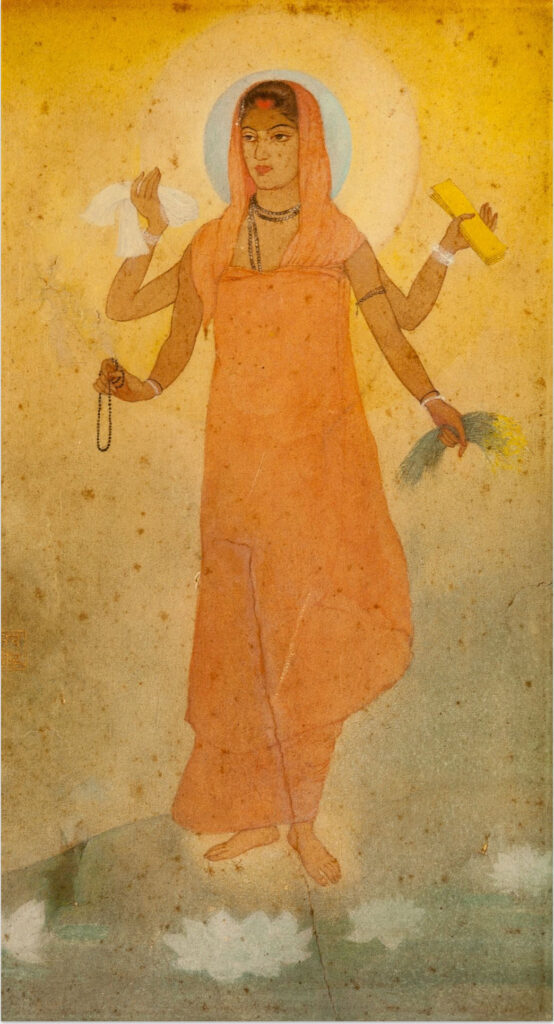There is different classification of Indian Paintings like Mural paintings, Miniature paintings etc. The word ‘miniature’ is derived from the Latin word ‘Minium’ which means red lead paint. The miniature painting art was developed in India between 8th and 12th centuries and further flourished with coming centuries. Miniatures are small and detailed paintings and there are different schools which developed with time. Thus, the Bengal school of art also contributed in Indian paintings and many famous painters were produced by Bengal school of art.
Also Read : Regional School of Paintings in Medieval India
Miniature Paintings During Delhi Sultanate and Mughal Period
Miniature Paintings – Techniques and Early Miniature
Characteristic of Bengal School of Art
The Bengal school of art is supposed to have a reactionary approach to the existing styles of paintings in c. 1940 – 1960. The Bengal school originally was the idea of Abhanindranath Tagore who developed it with his works in early 20th century. It was his work ‘Arabian night’ series which brought something new in the arena of Indian painting which was different from other Indian school paintings. He tried to incorporate the Swadeshi theme in paintings by reducing the European influence on Indian paintings.

The most famous work of Tagore is ‘Bharat Mata’ and various-themed paintings. Another famous painter of this school was Nandalal Bose who was also a part of Santiniketan who was known for his white-on-black Gandhi sketch. Another famous artist of this school was Rabindranath Tagore whose paintings were unique as he used black lines to make subject look prominent. Apart from these artists; Kumar Haldar, Manishi Dey, Mukul Dey etc. also important part of Bengal school.
Cubist Style of Paintings

This style inspiration from European cubist movement; under which objects were broken, analyzed and then resembled. The abstract art forms used by painters to reconstruct the process on canvas. They tried to achieve perfect balance between line and color. M.F. Hussain is most famous artist of this style who made a series of paintings called the ‘Personification of Romance’. In the paintings he frequently used the motif of a horse as it best to depict the fluidity of motion.
Progressive Artists Group
During the year of 1947, this group grabbed the attention of art world because of its progressive and bold themes which were more abstract and softer. They were lacked any uniformity among themselves but inspired by European Modernism. Francis Newton Souza was the founder of this group but S.H. Raza, H.A. Gade, Ara etc. were more famous. The famous painter of cubist style paintings, M.F. Hussain was also the member of this group.
Mulk Raj Anand patronized their first exhibition held in 1948. After that they become famous and open galleries in Delhi and Mumbai and trained many new young talents like Balraj Khanna, V.S. Gaitonde, Biren De, Akbar Padamsee and Tayeb Mehta.
Thus, under the Bengal School of art, several new styles emerged in India and helped to prosper the field of Indian painting.

Pingback: Folk Paintings in India - historylover.in